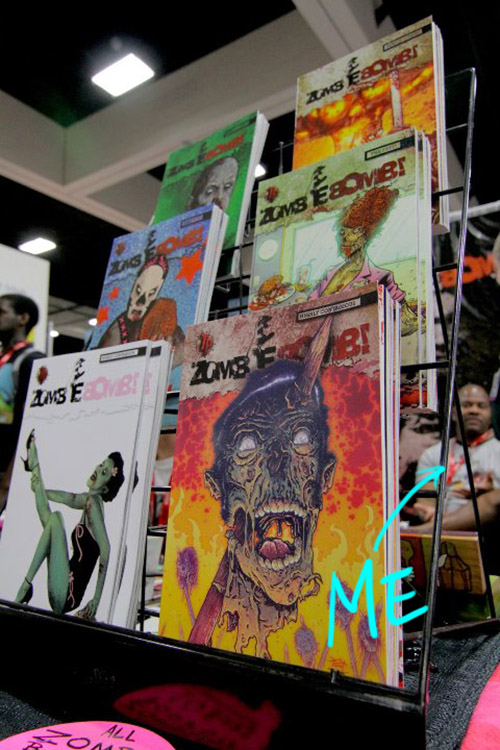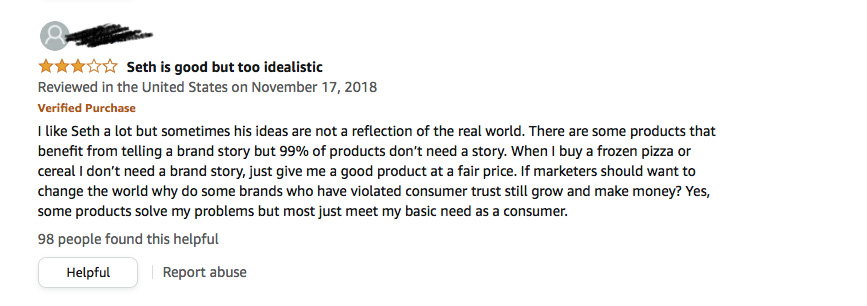
Let’s talk about ZOMIBES!
But first, let’s pick up where we left off with Seth Godin’s Marketing in Five Steps. To recap, here’s the first steps:
1. Invent a thing worth making, with a story worth telling , and a contribution worth talking about.
2. Design and build it in a way that a few people will particularly benefit from and care about.
And the third step is:
To tell a story that matches the built-in-narrative and dreams of that tiny group of people, the smallest viable market.
I would have thought this was crazy talk had I not read Kevin Kelly’s essay, 1,000 True Fans. If you haven’t read it yet, do it now! https://kk.org/thetechnium/1000-true-fans/
1,000 True Fans is about how an artist, musician, author, etc. needs to acquire only 1,000 True Fans to make a living.
Back then I was racking my brain trying to figure out how I could make it as an indie comic creator. Web comics were just taking off and I just couldn’t see how I could survive doing the ‘indie comic thing’.
When I read 1,000 True Fans that all changed.
I realized I didn’t need a horde of fans just yet. I just needed a few. A small viable market of people who liked what I did.
This was empowering. Every time someone told me they didn’t like my art instead of my self-esteem taking a hit, I had a different thought. My art wasn’t for them. So I built my audience one fan at a time.
Back then, I started from scratch but you don’t always have to.
You can also find and ride the wave of an existing small viable market.
Did you notice zombies were kinda popular for a while?
Before the zombie craze went Chernobyl, my friend Adam Miller (and his buddy Rich) released a comic anthology series. And let me tell ya, they milked it for years.
Miller knew not everyone liked zombies. But ENOUGH people did and that was enough.
An old saying comes to mind… “Think global but act local”. Have your big goals in mind but act on finding and satisfying your minimal viable audience.
If you need help finding your smallest viable market contact me today.
https://adamstreet.net/contact-me/
Adam



